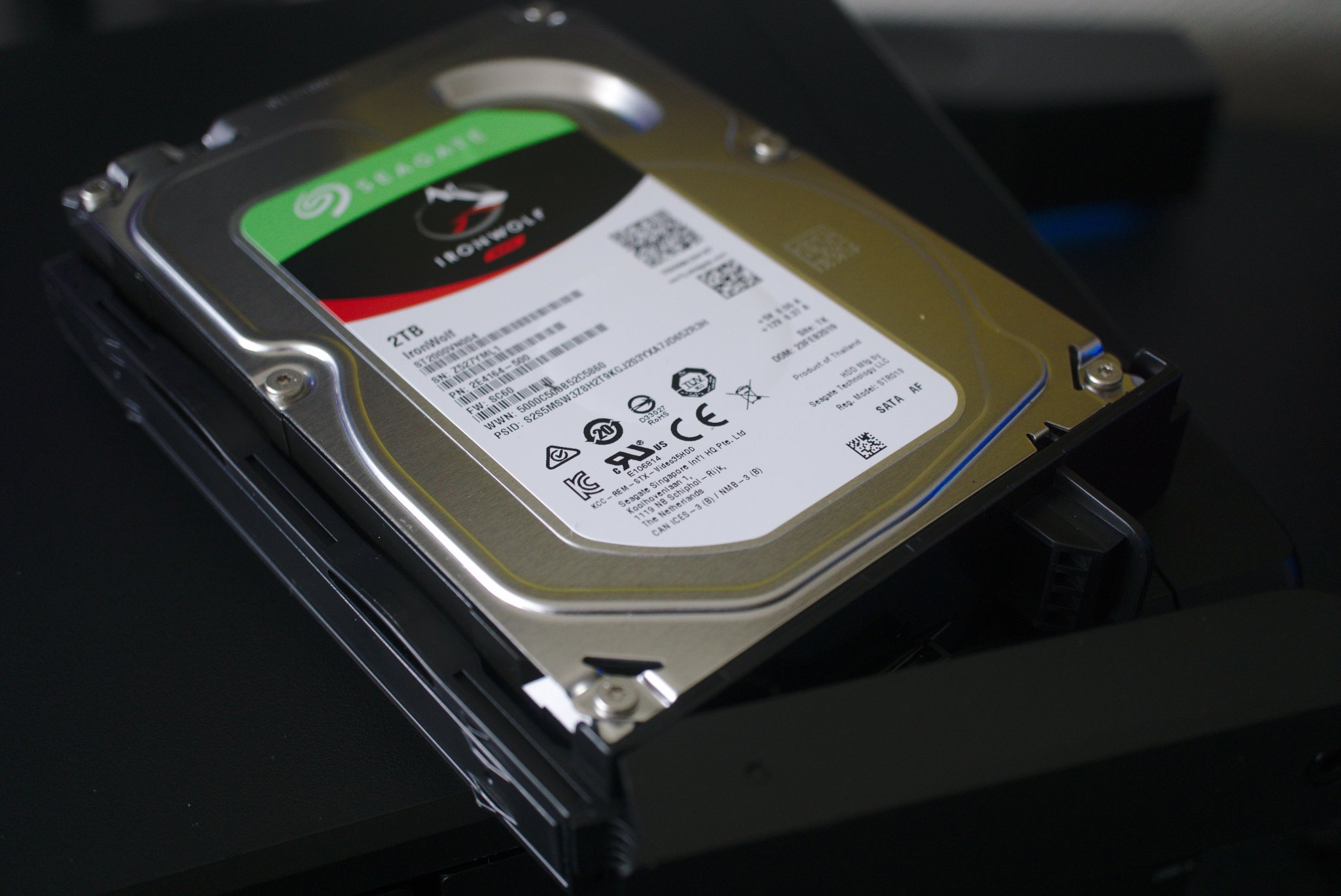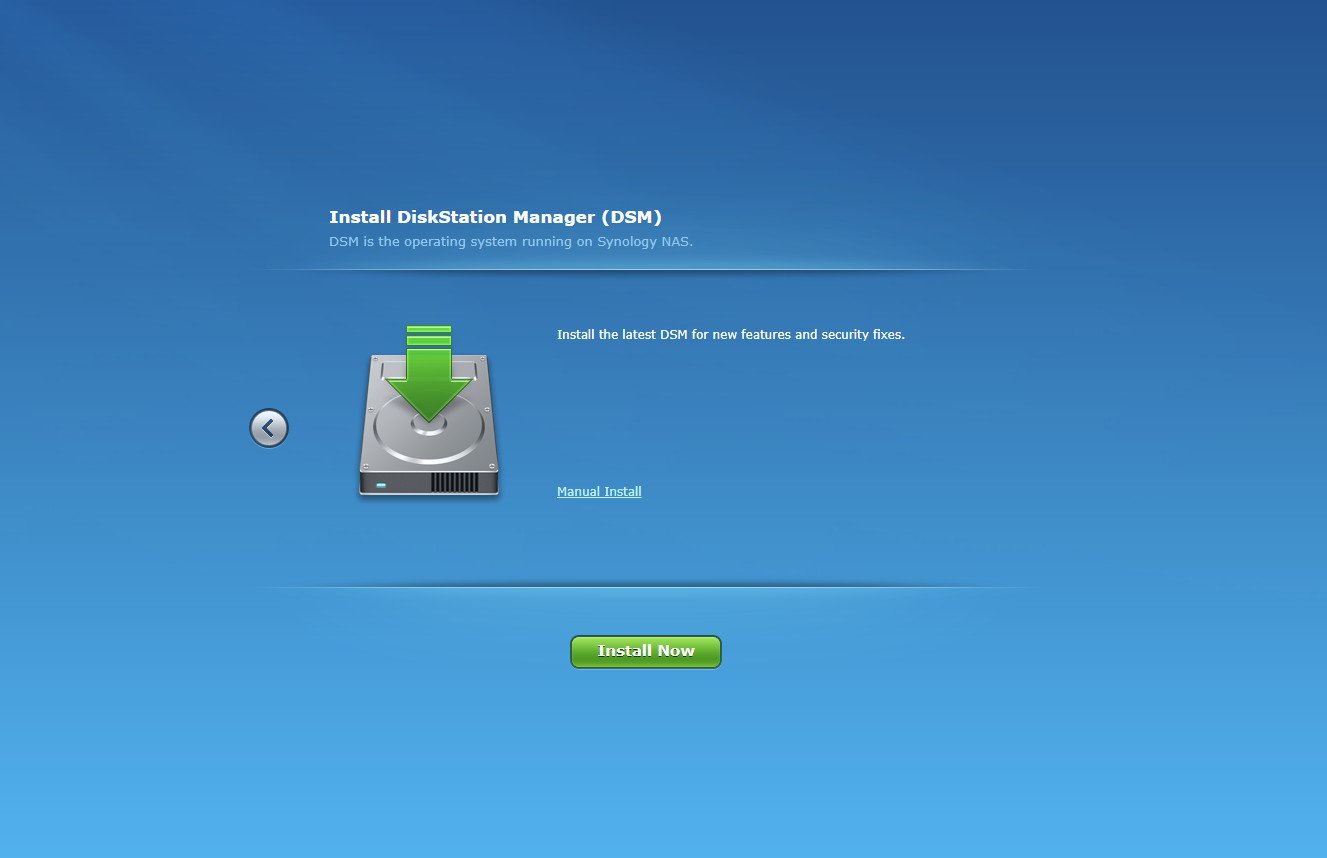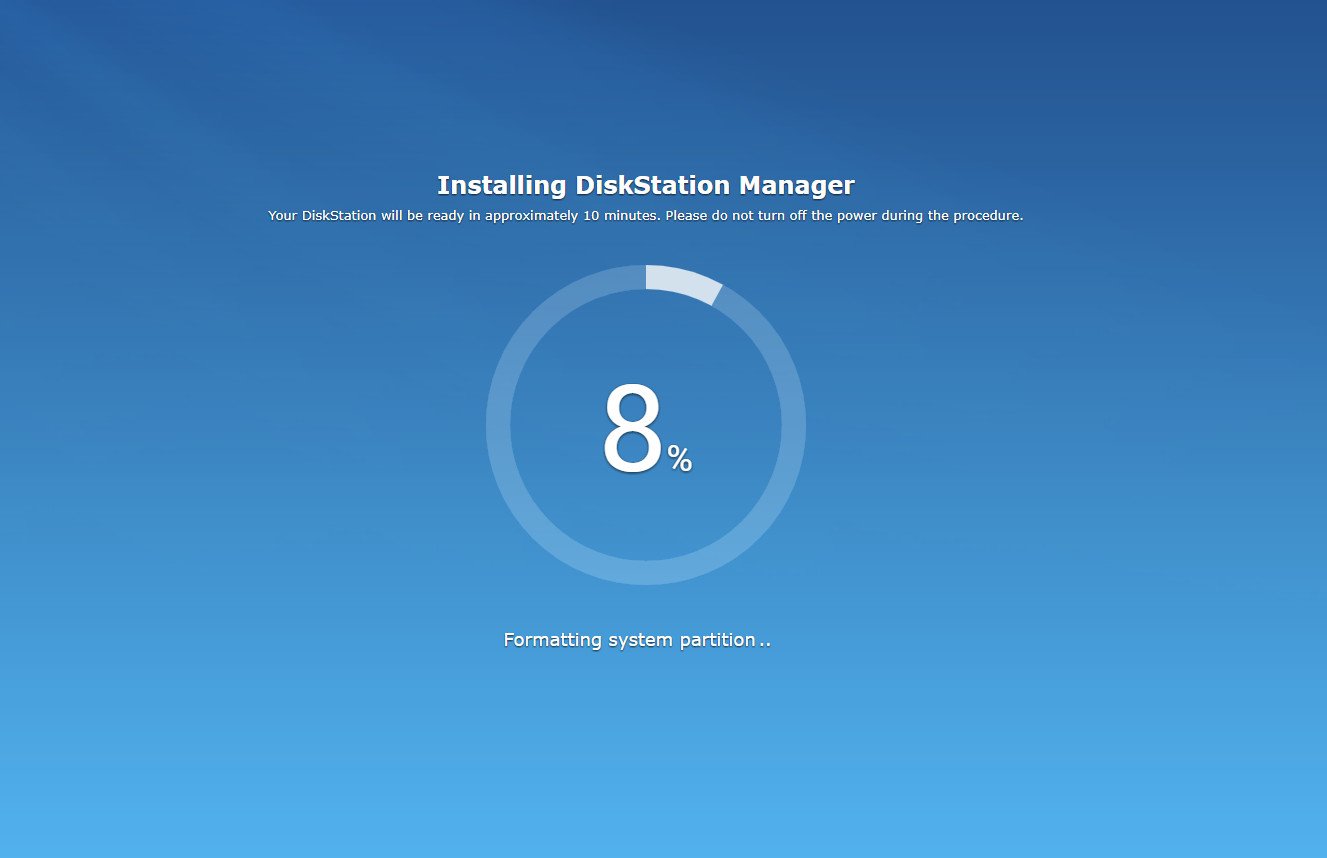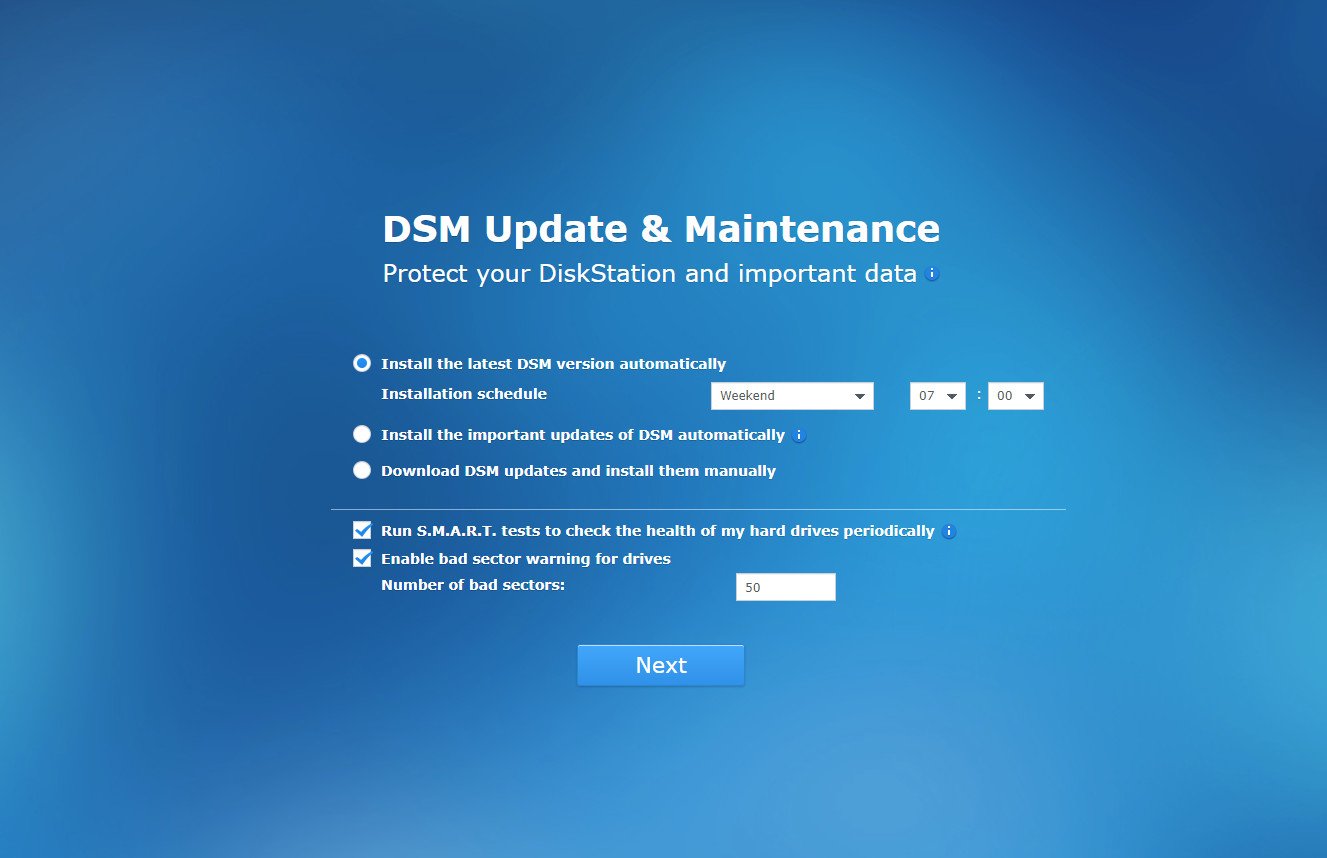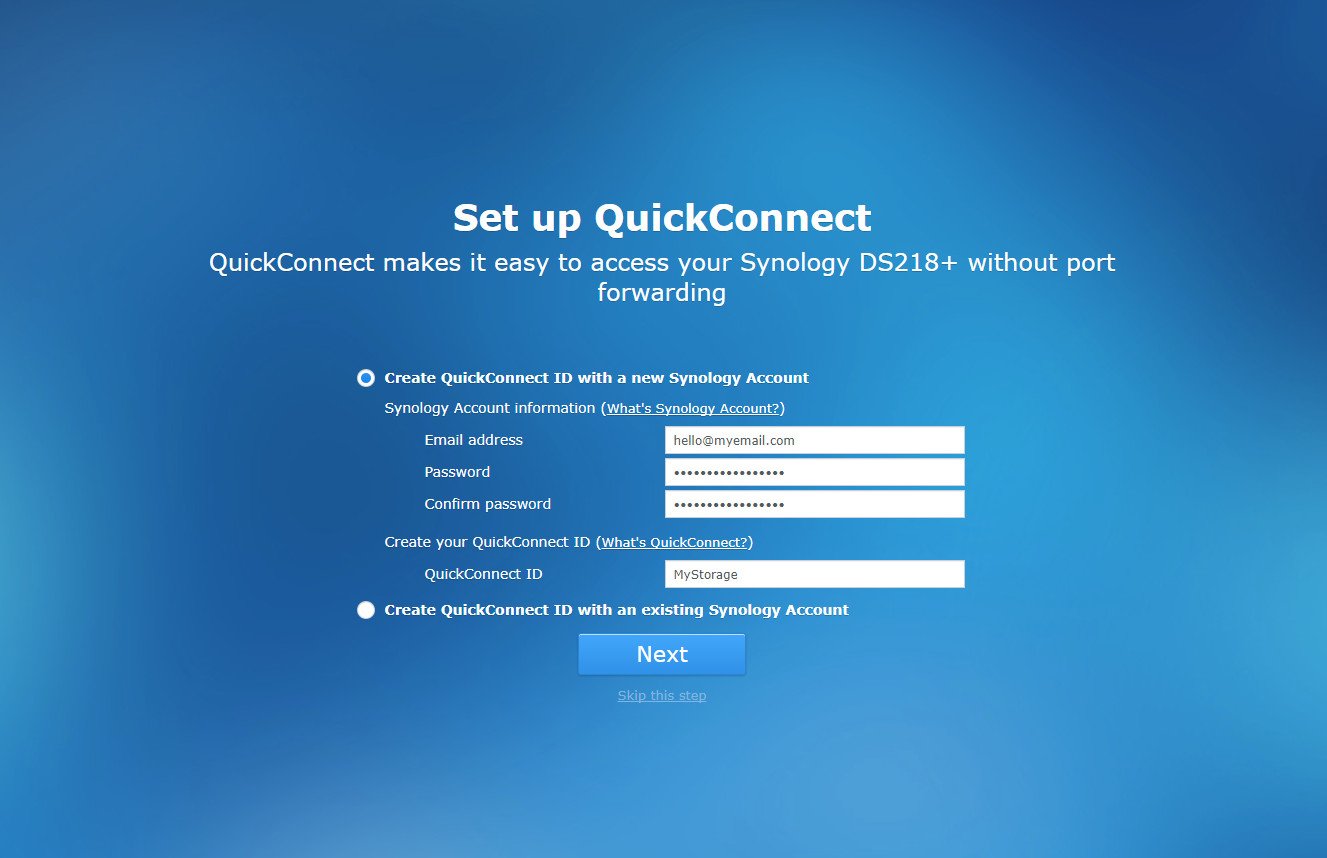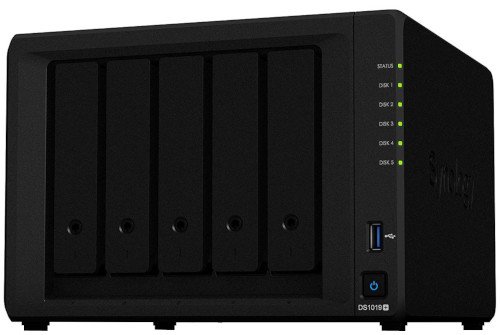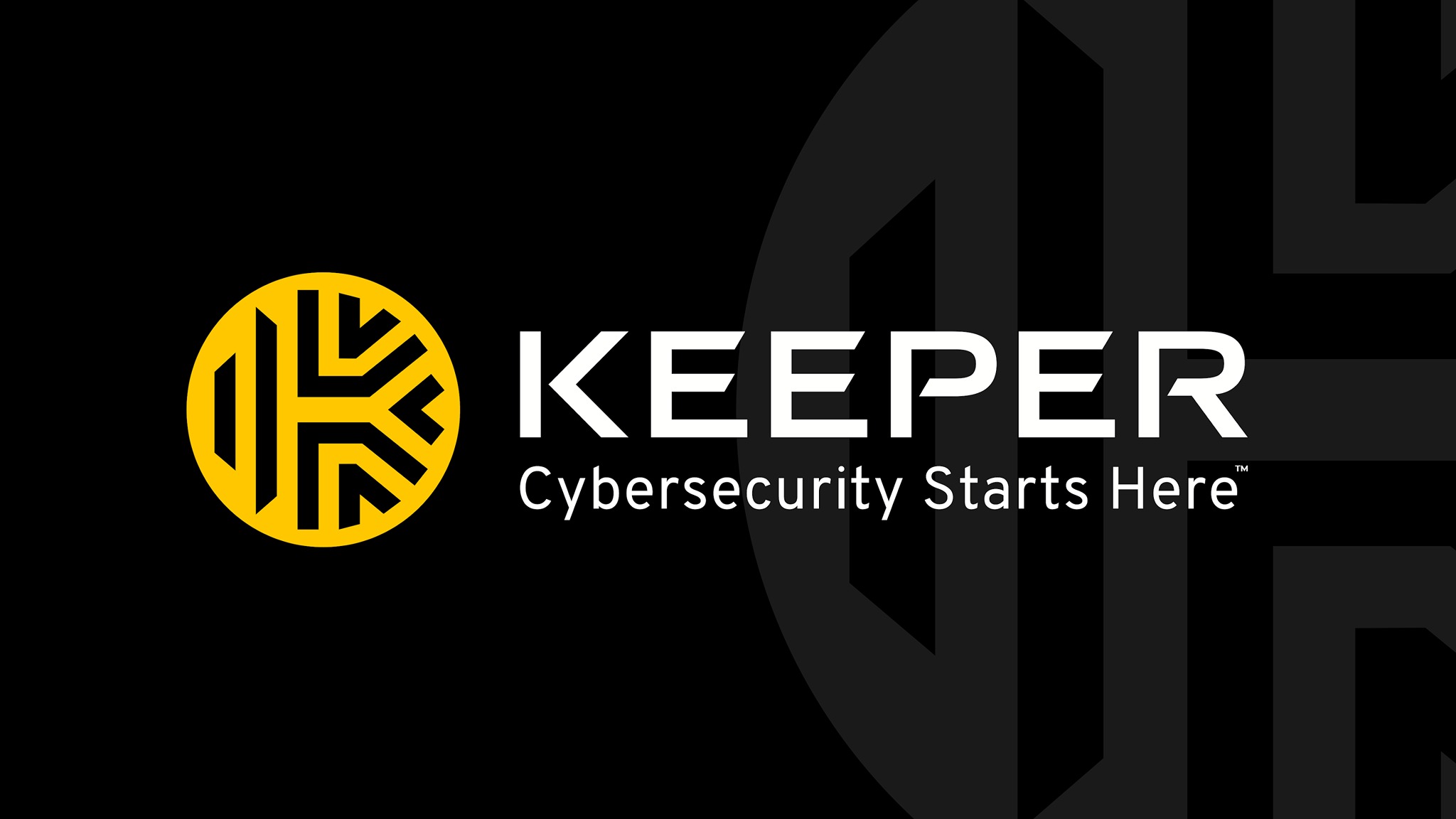How to set up the Synology DS1019+ NAS
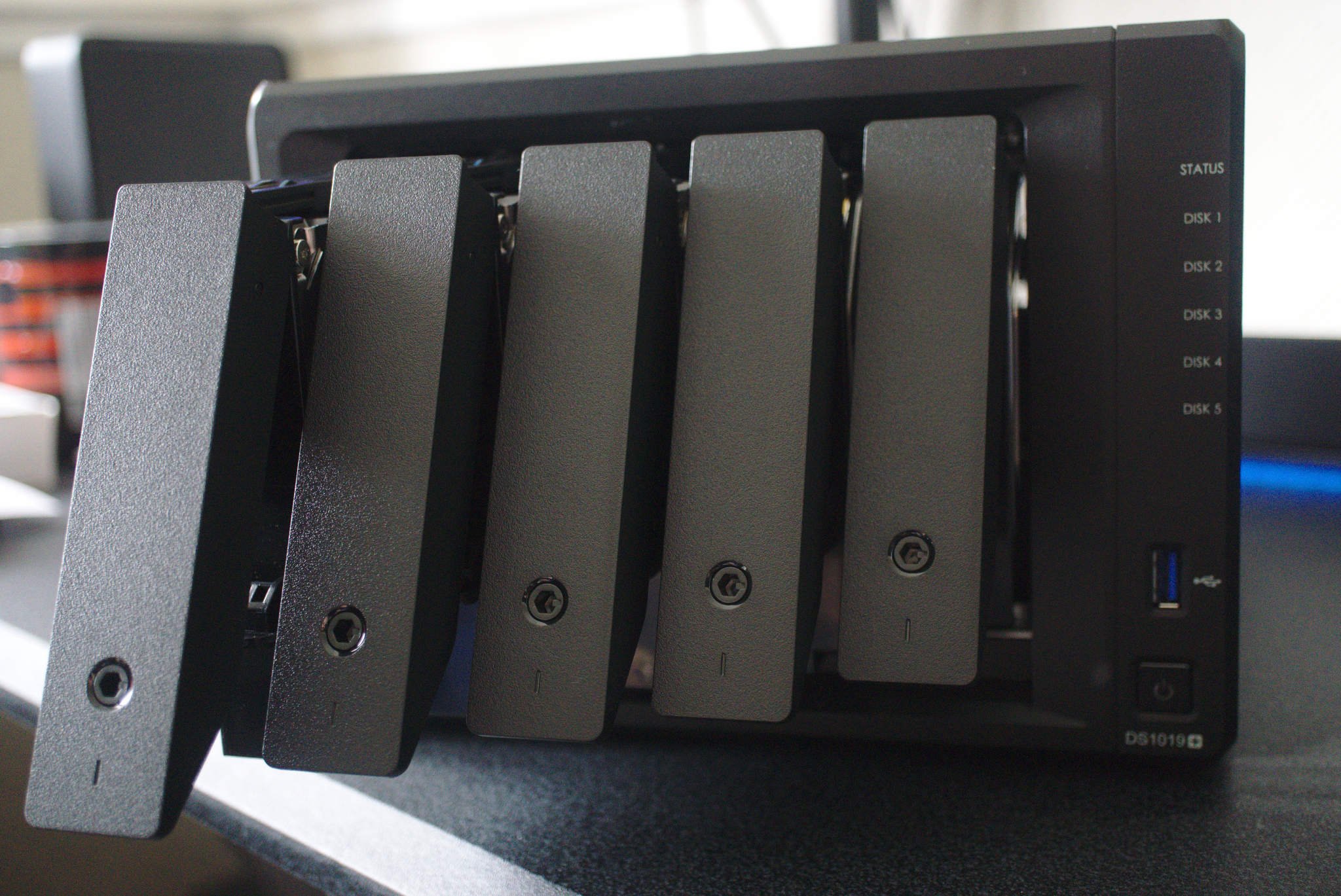
Setting up the Synology DS1019+ is straightforward, even if you've never configured a NAS before. Synology has perfected the initial setup process to allow you to go from unboxing to connecting to your new server in just a few minutes.
Products used in this guide
- High capacity NAS: Synology DS1019+ ($641 at Amazon)
How to set up your new NAS
Depending on how you the DS1019+ was purchased, you may not have to do anything aside from plugging the unit into an available outlet and hooking it up to a router. If you've received a diskless configuration, which means there aren't any pre-installed hard drives, you'll need to remove the two trays and install the drives. Luckily, this is a simple process that requires no tools at all.
- Use the included key to unlock each drive tray.
- Take the drive tray out of the unit by turning the key and pulling.
- Remove the two side panels.
- Insert the hard drive into the tray.
- Re-attach the two side panels to secure the drive.
- Slide the tray back into the unit.
- Lock the tray with the key.
The process of installing 2.5-inch SSDs and laptop drives is the same, except you'll need to screw them to the base of the tray. If you're struggling to decide on which hard drives to go for, we have you covered.
How to pick the best hard drives for your NAS
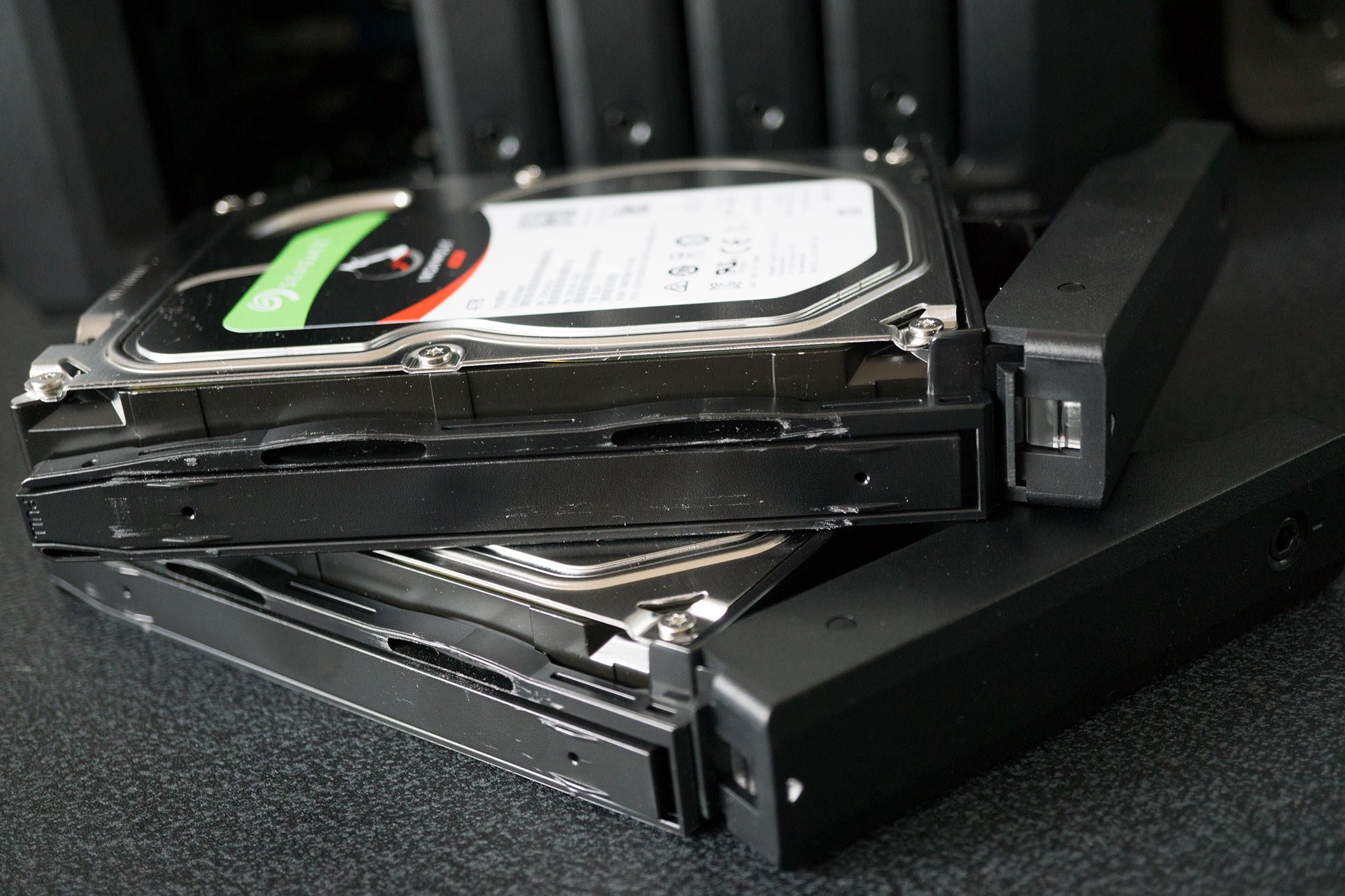
Leading brands in the storage business have enhanced disk drives specifically designed for NAS installations, like the Seagate IronWolf and Western Digital Red. We highlight 4TB drives in this collection due to the recommendation of running NAS drives in RAID configurations, guaranteeing you 4TB of capacity.
And you're done. That's all that is required to install the hard drive. Simply repeat the process for additional bays to fill up the NAS with as much capacity as required. After you have the DS1019+ plugged into the outlet and router, with hard drives installed, it's time to get started with the software.
Setting up DSM OS
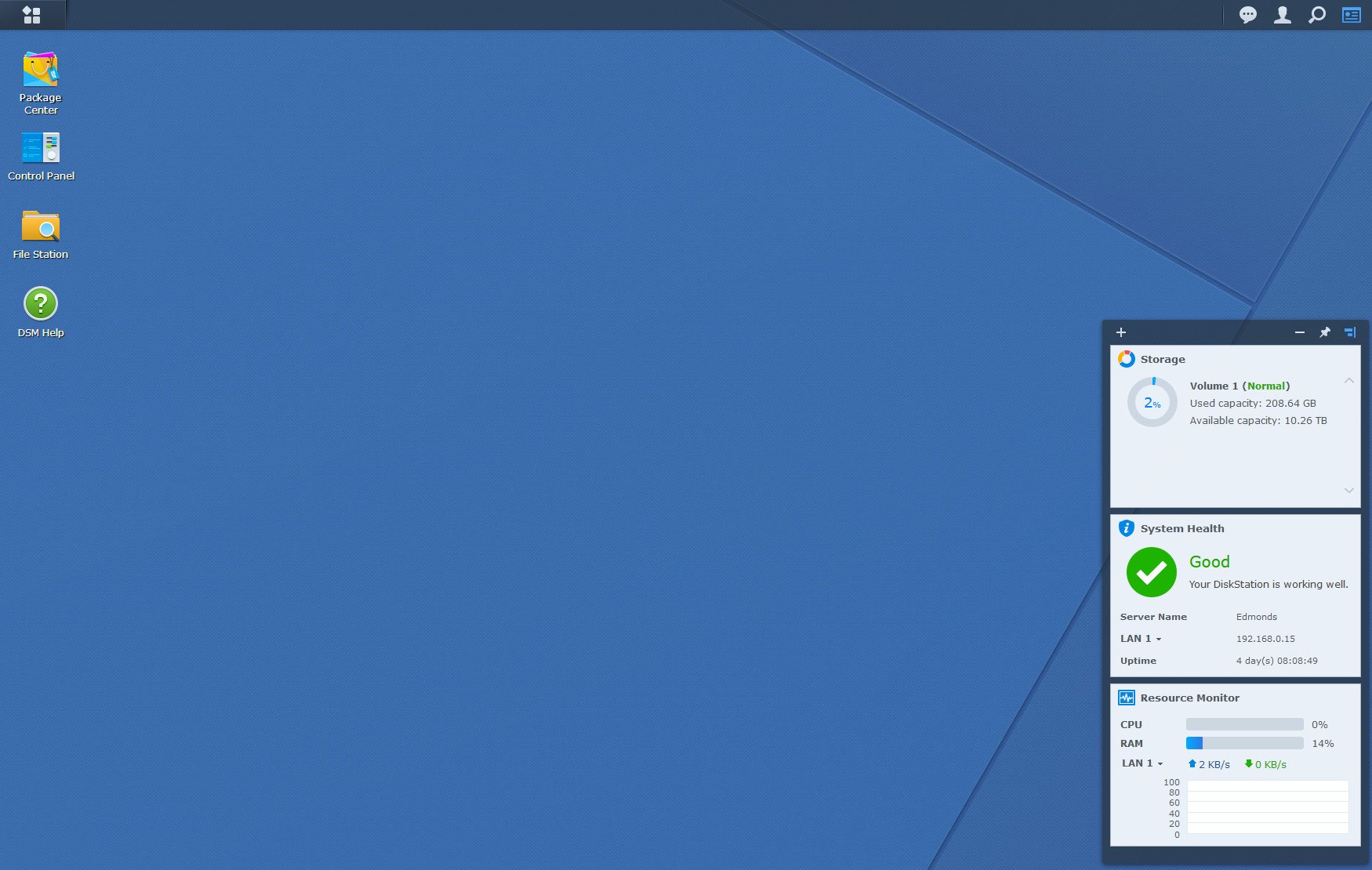
After turning on the DiskStation and allowing the OS to boot up and check everything over (you should hear a beep once it's done), it's time to connect to the NAS and set everything up. This can be achieved by entering one of the following into your favorite web browser: find.synology.com or diskstation:5000
All the latest news, reviews, and guides for Windows and Xbox diehards.
If neither works, you can download the Synology Assistant, which should automatically detect and list the DS1019+. You can then quickly access it through your browser from here, which will present you with the initial setup wizard. If, for some reason, you quit the wizard before you complete all the steps, simply log into the DiskStation Manager (DSM) with the username admin, and a blank password.
- Click Set up.
- Click Install Now.
- Wait for the installer to finish. The NAS will reboot; you must leave the page open through the whole process.
- Enter your setup details details:
- Server name: Whatever you wish for the server to be called.
- Username: Give yourself a username.
- Password: Self-explanatory.
- Hit Next twice.
- Select how DSM will install updates.
- Leave the S.M.A.R.T and bad sector warnings enabled.
- Hit Next.
- Configure QuickConnect, which allows you to create a Synology account and connect to your NAS without messing with router settings (and when away from home).
- Copy down your new QuickConnect URL (and activate your Synology account if creating one).
- Hit Next.
- Hit Go to complete the wizard.
You'll now be on the main DSM OS view. This is where you can easily configure the NAS and install updates, packages, manage files, see how everything is set up, and more. The DSM help manager will run you through a few tips to get you started. Should you require further assistance, simply open up the help manager and do some searching. Spend a good hour playing around with various options to get accustomed to the DSM interface.
Think of DSM like Windows, but for your NAS instead of a laptop or desktop PC.
Mapping for Windows
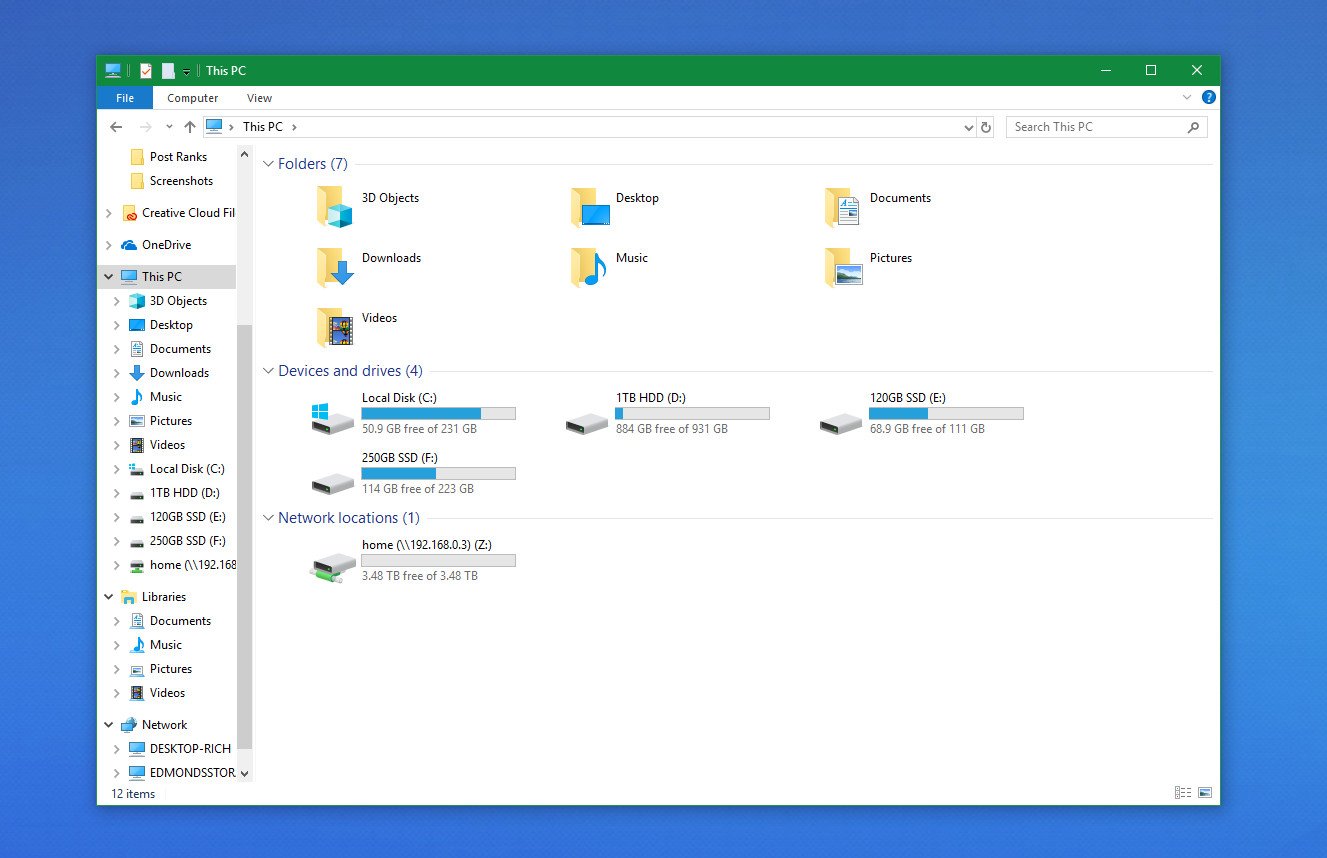
In Windows, you can map the NAS location to a specific drive letter so it appears in Windows Explorer as an internal hard drive. Here's how:
- Open Explorer.
- Right-click on This PC.
- Click on Map network drive....
- Choose a drive letter.
- Hit Browse.
- Browse to the network location.
- Click Ok.
- Click Finish.
Now a virtual drive will appear in Explorer, allowing for more convenient access. This can also be achieved using Synology Assistant, which makes the whole process a little easier.
Helpful tips
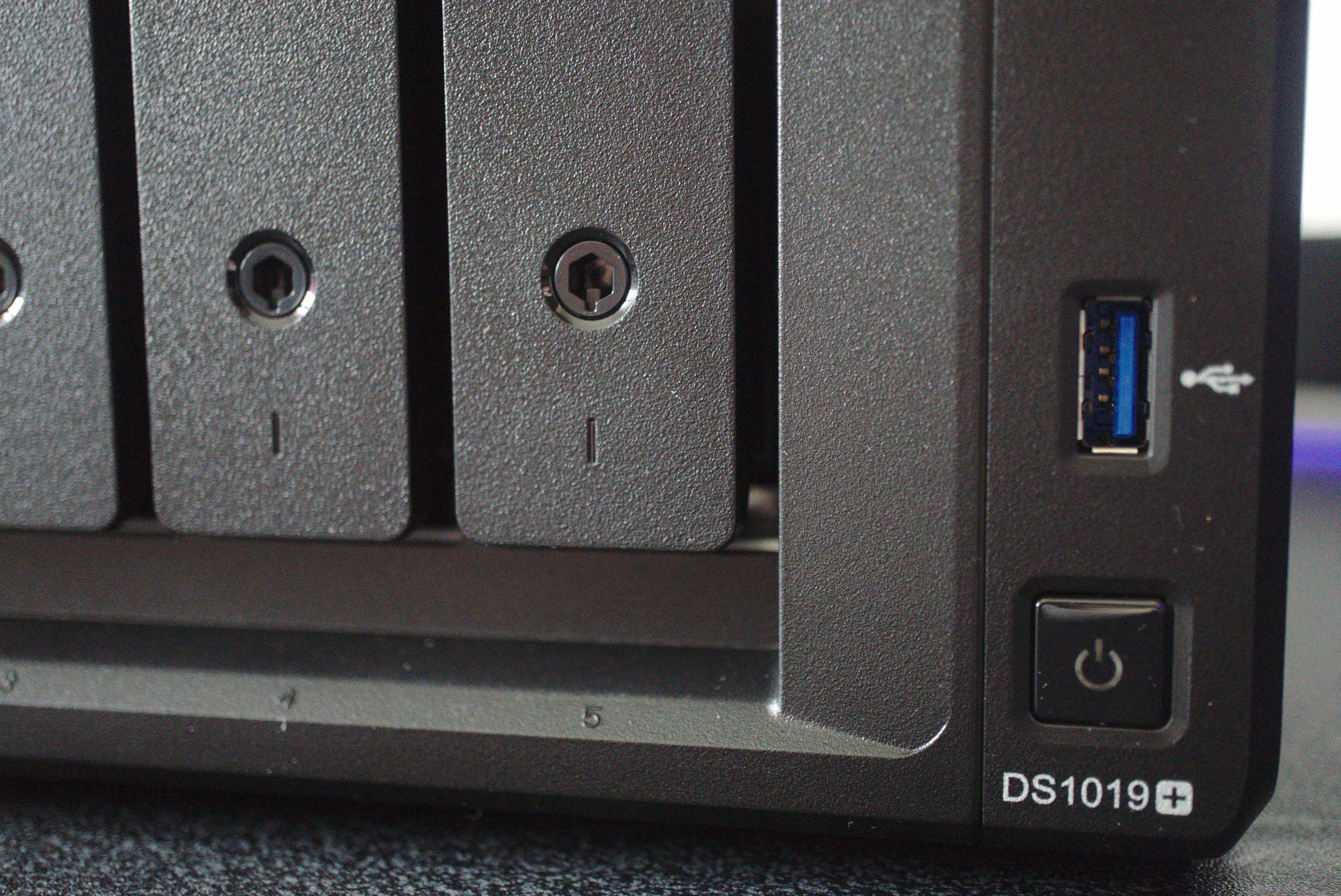
- The eSATA port can be used to connect an external drive to the NAS.
- Install one or two NVMe SSDs to use as a cache for faster NAS performance.
- The QuickConnect will let you quickly access the NAS without needing to mess with your router.
Our top equipment picks
You're going to need a Synology DS1019+ NAS in order to follow the steps in this guide.
The DS1019+ packs everything that makes a Synology NAS so easy and great to use. It's let down by the lack of 10 GbE and not really offering much more than the DS918+ compared to the price hike, but overall, it's yet another killer NAS for the catalog. The user experience and exceptional DSM OS is partly the reason why the DS1019+ held up so well in our in-depth review.

Rich Edmonds was formerly a Senior Editor of PC hardware at Windows Central, covering everything related to PC components and NAS. He's been involved in technology for more than a decade and knows a thing or two about the magic inside a PC chassis. You can follow him on Twitter at @RichEdmonds.
